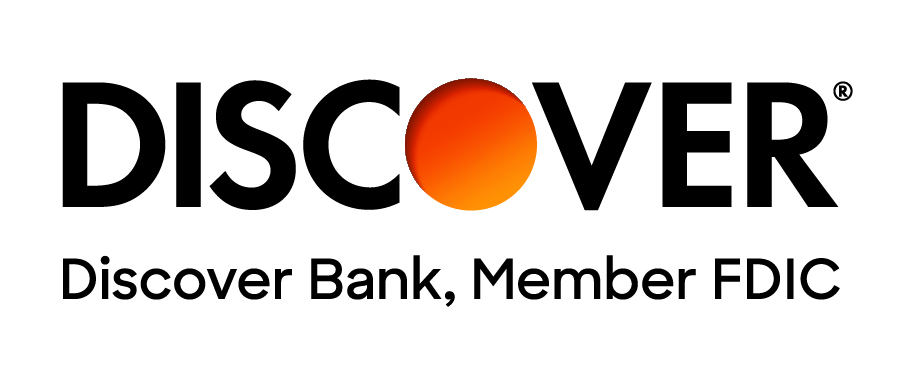Do you have Parent PLUS Loans and are struggling to manage the payments? You could be eligible for loan forgiveness programs created to support parents in your situation.
What is Parent Student Loan Forgiveness
Within the federal student loan program, numerous opportunities for student loan forgiveness are offered by the U.S. Department of Education. To qualify for these forgiveness programs, borrowers, including those with parent loans, must satisfy particular criteria. The key eligibility criterion is that the borrower must possess a federal Direct Loan.
Public Service Loan Forgiveness (PSLF): This program offers loan forgiveness after 120 qualifying monthly payments while working full-time at an eligible employer (any type of government, or 501(c)(3) nonprofit organization), while repaying your loan under an eligible repayment plan. Eligible jobs typically include government employees, teachers, nurses, military personnel, firefighters, police officers, social workers, etc. After making the required payments, and submitting an application to verify you met all the criteria, any remaining balance on your loan can be forgiven.
Outside of PSLF, parent student loan forgiveness is not common. Some more practical solutions to dealing with financial hardship related to student loans are to visit your repayment options and see if you need to modify them to better suit your circumstances.
Repayment Plans Available To Parents with PLUS Loans
There are several different repayment plans available to parents with Parent PLUS Loans:
Standard Repayment Plan: This plan is the standard option for Parent PLUS loans. This plan requires fixed monthly payments over a 10-year period. The monthly payment amount is based on the total loan amount and interest rate. While this plan may offer higher monthly payments than other options, it may also result in lower overall interest costs due to its shorter repayment term.
Graduated Repayment Plan: This plan offers lower initial payments that increase every two years over a 10-year period. This plan may be beneficial for those who anticipate an increase in income over time. There are some limits to how much your payments can increase, but no one payment can be 3x more than any other payment. That basically means, if you start with payments that are $100/month, you payments will not be more than $300/month by the end of your repayment term. This payment plan can be a little more expensive than your standard fixed payment 10-year plan, but the overall interest costs will be low compared to plans with longer repayment terms.
Extended Repayment Plan: This plan allows borrowers to extend their repayment period up to 25 years, which results in lower monthly payments but higher total interest costs over time. The interest rate will remain fixed throughout the life of the loan. This plan may not be an option for everyone, you need to have an outstanding balance of at least $30,000 in Direct Loans to qualify.
Income-Contingent Repayment Plan (kind of): This is the only income-driven repayment plan that will allow the repayment of a Direct Consolidation Loan which was used to pay a Direct PLUS Loan made to a parent. Meaning, if you have a parent Direct PLUS Loan, you do need to qualify to consolidate your loan with a Direct Consolidation Loan. Income-driven repayment plans allow borrowers to base their payments on their income rather than their outstanding loan balance. This plan will require you to pay the lesser of 20 percent of your discretionary income, or the amount you would pay on a repayment plan with a fixed payment over 12 years. If your payment is 20 percent of your discretionary income, and you get a raise, your payment could be more than what your payment would be under a 10-year standard repayment plan. After you have made payments for 25 years, any remaining balance will be forgiven.
Direct Consolidation Loan: You may choose to consolidate your parent Direct PLUS Loan with your other types of federal student loan debt. You will be eligible to repay your loans with a Standard or Graduated Repayment plan, however, your repayment term could be as long as 30 years depending on your outstanding educational debt. And as discussed before, you may be eligible to repay your student loan under an income-contingent repayment plan. However, it’s wise to determine the best method to consolidate your federal student loans together. By including a Direct Parent PLUS loan in a Direct Consolidation Loan, you will be limited to repay that loan with an income-contingent repayment plan. However, you can have more than one Direct Consolidation Loan, so you may want to use some strategy
When considering the right repayment plan for you, it's crucial to understand the interest rates, loan terms, and conditions associated with each option. Additionally, exploring loan consolidation, forgiveness programs, and deferments offered by your lender or servicer is important.
Loan consolidation consolidates multiple loans into a single payment, potentially reducing monthly payments. However, keep in mind that this might extend the repayment period and increase total interest costs.
Forgiveness programs aim to forgive a portion or all of the remaining balance after a specific number of payments. However, qualifying for these programs typically requires meeting strict eligibility requirements.
Deferments allow temporary postponement of loan payments. Remember that interest will continue accruing during this period. When deciding the best option for you and your family's financial situation, carefully weigh all these factors.
If neither of these options is suitable, the denial of a Parent PLUS Loan could make your dependent undergraduate student eligible for independent undergraduate student Stafford loan limits. This means they may have access to additional loan funds under their name to help cover their college expenses.
Options for Private Parent Student Loans
Private parent student loans can be a great way to help your kids pay for college, but they can also be a source of stress and financial hardship if payments become difficult to make. Private student loans differ from federal loans in that they are not backed by the government and come with fewer repayment options than federal loans, making it more challenging to manage your debt.
If you find yourself struggling to make payments on your private parent student loan, there are several options available. The first step is to contact your lender and explain your situation. Many lenders offer different types of repayment plans such as graduated repayment plans or extended loan terms that can help reduce monthly payments.
Many private student loan lenders also offer discharge opportunities for borrowers who become permanently disabled, or in the case of death. If you are facing this situation, or you are the family member of a borrower who passed away, you will need to discuss the options available with the lender.
You may also consider consolidating your loans or refinancing them with another lender at a lower rate. This could help reduce the total amount owed or lower monthly payments. It’s important to note that refinancing a Parent PLUS loan may result in losing certain benefits associated with federal loans such as deferment and forbearance options, so it’s important to weigh all of the pros and cons before making a decision.








